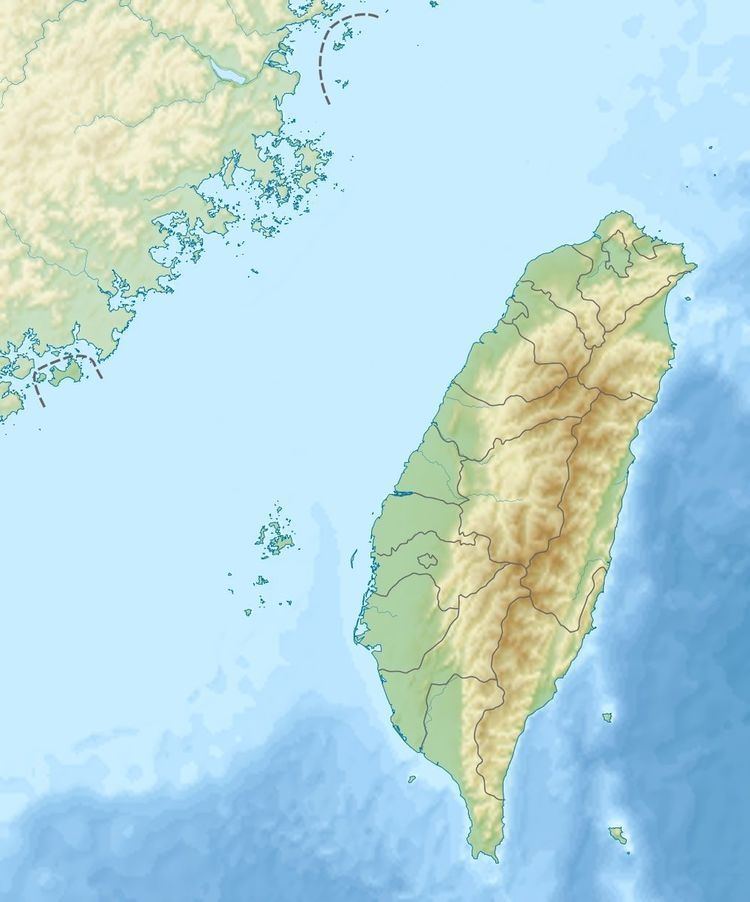Origin time 20:04 CST Depth 20.0 km (12.4 mi) Casualties 106 killed | Magnitude 6.3 ML Date 18 January 1964 | |
 | ||
Similar 1935 Shinchiku‑Taichū earthquake, 2006 Hengchun earthquakes, 2010 Kaohsiung earthquakes, 2016 Taiwan earthquake, China Airlines Flight 140 | ||
The 1964 Baihe earthquake (Chinese: 1964年白河大地震; pinyin: 1964 nián Báihé dà dìzhèn), also known as the Great Baihe earthquake, measured 6.3 local magnitude, and occurred at 20:04 CST (UTC+8) on 18 January in Baihe Township of Tainan County (now part of Tainan City), Taiwan. The hypocenter of the earthquake was 20 kilometers deep. The earthquake killed 106 people, destroyed 10,924 buildings, and caused a great fire in Jiayi City. It was the sixth deadliest earthquake in 20th century Taiwan, and the third deadliest post-World War II, after the 921 earthquake and the 2016 Taiwan earthquake
Contents
Technical details
The earthquake struck at 20:05 on Saturday January 18, 1964, affecting the heavily populated Chiayi-Tainan plain (Chianan Plain) area of central-southern Taiwan. The epicentre was near the town of Baihe, in northeastern Tainan County and at a focal depth of 20 km. It was the most serious historical quake resulting from a rupture in the Chukou Fault (Chinese: 觸口斷層; pinyin: Chùkǒu duàncéng).
Damage
According to Taiwan's Central Weather Bureau, the casualties and damage were as follows:
The cost of repairing the damage to public buildings in Tainan County alone was estimated at NT$191 million (in 1964 New Taiwan Dollars).
The effects of the quake depended on the ground on which buildings stood. On the softer ground of Baihe and Dongshan, Tainan, concrete structures fared better than wooden ones, whereas on the harder earth of Nanxi and Yujing the reverse was true, with concrete buildings suffering more damage.
In Jiayi City the damage from the earthquake was not so severe, however there was some damage, mainly to older, structurally weak wooden houses. The main cause of disaster in Jiayi was the fire that resulted from the quake. Aftershocks meant that residents and firefighters feared to approach the blaze to tackle it, thus letting it spread until it consumed 174 households in central Jiayi.
Reaction
There was no official disaster management policy in effect in Taiwan at the time - relief and reconstruction was carried out on an ad hoc basis by the military and police forces. The earthquake forced a rethink of this lack, and the following year the Standard Procedure for Natural Disaster Assistance was promulgated by the Taiwan Provincial Government.
